AI in Retail
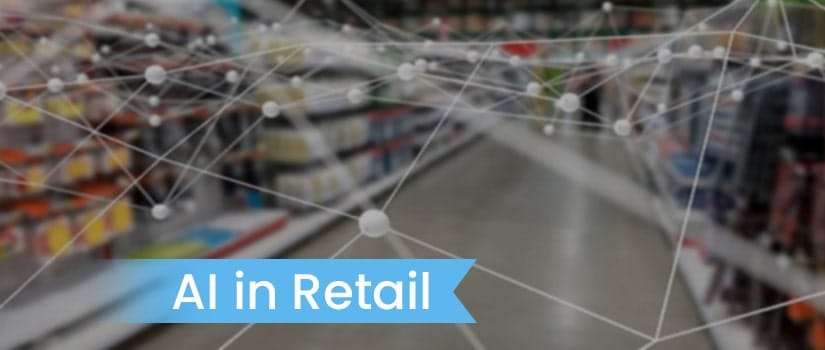
Where everything is about technology and industries, the air has a lot about Artificial Intelligence(AI) I just mean the trend. Every sector is adapting AI a different approach towards intelligence.
The Super Power
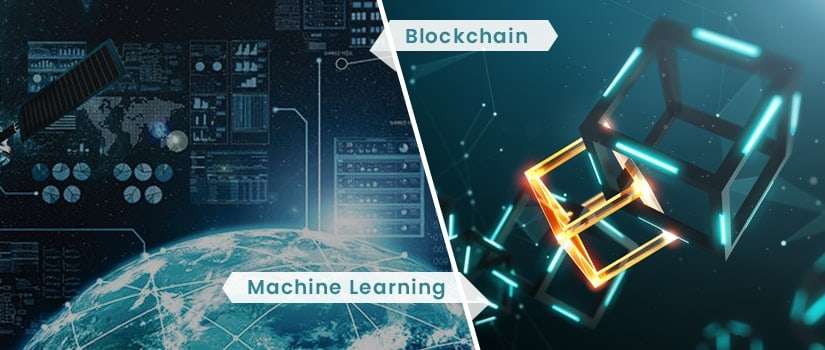
Machine Learning and Blockchain are the technologies which are the new revolution for the world. They are bringing the greatest impact and are the future for industries.
Operational Loss can be handled with Automation
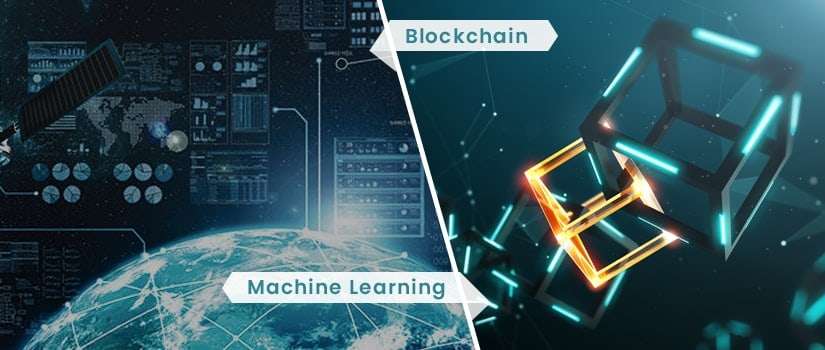
Technologies are the benchmark for any businesses. The power of IoT and Analytics are redefining the process and the combat is successful at the trial. Machine Learning, Natural language processing, and Robert automation process these are something best industries can have.
IOT Services with DevOps
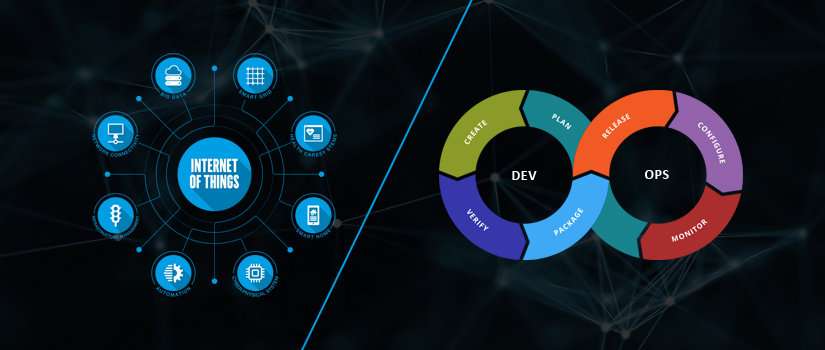
Internet of Things (IoT) is now universal and for every industry, let’s say from transportation, travel and hospitality to manufacturing and so on. We live in a space where everything is changing with IoT.
Innovation is the survival

Innovation is the oxygen for technologies and we can’t deny that we breathe the same air. Enterprises merging themselves into digital transformation, but I think just merging is not the requirement but keeping updated with what’s new is the necessity.
SAP Leonardo and the Intelligent Enterprise

In today’s world, integration is the way forward. SAP is heavily focusing its R&D investments on Leonardo and S4/HANA and the future looks exciting!
Connection is the new Trend in Manufacturing
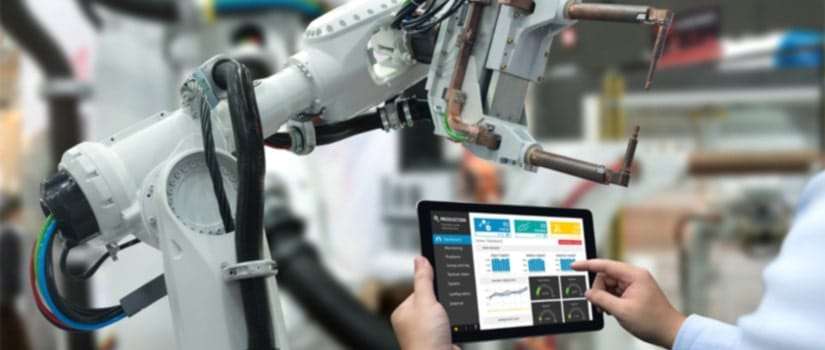
Leonardo Da Vinci said- “Everything is connected to Everything” and this is so true, our world is full of connections. Not only people but from giant machines to smaller devices everything is connected.
Mutual Funds Industry and Technology

This is really fascinating to know, and we are aware that how technology is covering every segment of industries, like the rays are spreading over everywhere. When we say the word ‘smart’, technology truly means it.
Are you choosing the right tool to Automate your Project?

When it comes to testing you really need to be very specific because in the end, success factor of your software depends on it. So, do you figure it out about which tool is been essential or required for your software.
Managed Infrastructure is Transforming IT

We know that how the cloud services are helping enterprises and moving to the cloud also does increases efficiency and saves your money. If the changeovers are handled properly then you can transform your IT Support center to the path of innovation driving business.

